Top 7 Winemaking Tips for the Spring Harvest

The Spring Harvest is underway! It’s time to get yourself set up for your Spring fermentations.
-
Plan out your batch
- What kind of wine do you want to make?
- Review your ferementation notes from previous seasons
- Taste wines from Chile and South Africa for inspiration
-
Review how to adjust your must
- Adjusting your Brix, TA, and pH
- Take an online class if need a referesher
-
If making wine from juice, decide on Fresco vs. Non Fresco Juices
-
Decide on the type of yeast you want to use
-
PRE ORDER
- Give us a call at 877-812-1137 or email us at sales@juicegrape.com
-
Think about the temperatures in your cellar
- Do you need extra heat?
- Do you need AC?
-
Keep an eye on the Harvest Tracker for updates on the Spring Harvest
Interested in making your own wine? Musto Wine Grape Company is here to help! Musto’s New England’s largest supplier for home winemaking products and services. Visit juicegrape.com or give us a call at (877) 812 – 1137 to learn more.
How to Make Syrah Wine from Chilean Wine Grapes
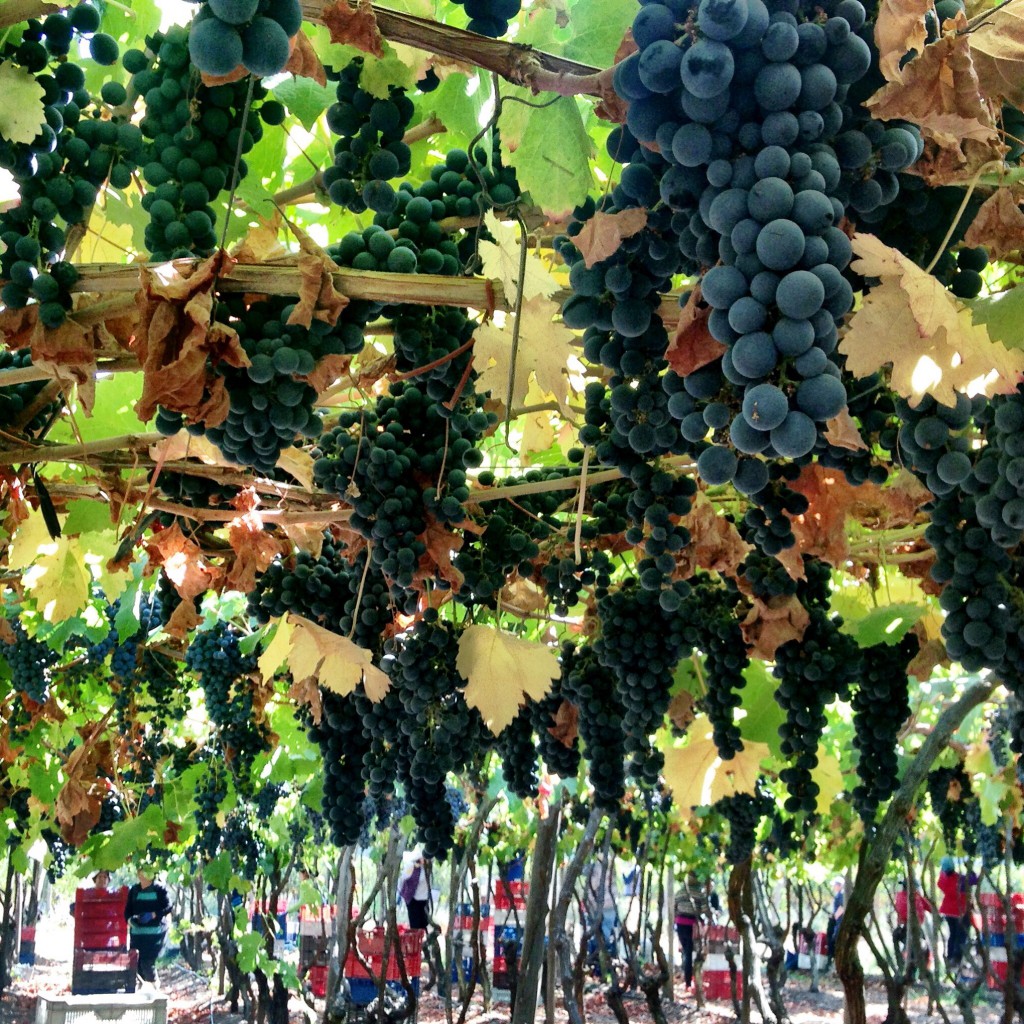
Chilean Syrah from Colchagua Valley has received high praise from publications like Wine Enthusiast, earning 93+pts. It’s a wine variety that is often overlooked from Chile and is a wine worth making this season. Chilean Syrah boasts flavors of plum, wild berry, and earth aromas. I highly suggest introducing this wine to oak barrels or an oak infusion. The medium acidity and powerful aromas are complemented by the French Oak flavor profile.
Yeast Suggestion: CSM yeast
Oak Suggestion: French oak barrels or chips
Wine Flavor Profile: Bold, medium tannins, blackberry, plum, wild berry, leather, smoke, chocolate, and oak
How to Make Syrah Wine from Chilean Wine Grapes:
- Crush Syrah grapes into a sanitized bin or tub. (Each 18lb crate will make 1.25 gals of finished wine).
- Apply 50ppm of Potassium Metabisulfite and stir well. Allow to sit for 8-12 hours.
- Apply .5ml of Color Pro Pectic enzyme per box diluted into a 10% solution with water to the must and stir. Allow to sit for another 8-12 hours.
- Mix Booster Rouge, FT Rouge, and Opti-Red, with spring water until it is the consistency of pancake batter and pour over top of crushed grapes. Mix in well.
- Add rehydrate CSM yeast (1g/gal) with Go Ferm rehydration nutrient and warm water. Allow to sit for 15 minutes and pour over top of crushed grapes.
- Punch down grapes 3 times per day throughout the duration of fermentation and monitor temperature and Brix levels daily. Use a hydrometer to test sugar content in a strained juice sample. Make sure the temperature does not exceed 85F.
- One day after adding the yeast, add Fermaid O, mixed with spring water into the pancake batter style slurry. Dump into grapes during a punch down.
- After the depletion of 1/3 of the Brix (when the Brix level is between 16-11), add Fermaid O that is mixed with spring water into the pancake batter style slurry. Dump into to grapes at a punch down.
- Add Malo-lactic bacteria the same day as the Fermaid K. If you are using liquid cultures, just pour over the grape must and mix. If you use the dry cultures, rehydrate them in warm spring water according to their specific directions, utilizing any rehydration nutrients recommended.
- When the Brix have dropped below zero, press the wine into a sanitized tank, carboy, or demijohn. Make sure the vessel is topped up all the way to the top of the neck and sealed properly with a bung and airlock.
- Rack after 48 hours and then again in a week. Allow MLF to complete before adding sulfites.
- Allow the wine to age and rack it every 2 months and add sulfites when racking.
- Add oak infusion after 2nd or 3rd racking. Taste test along the way until the oak profile is where you want it to be.
Interested in making your own wine? Musto Wine Grape Company is here to help! Musto’s New England’s largest supplier for home winemaking products and services. Visit juicegrape.com or give us a call at (877) 812 – 1137 to learn more.
What is Bud Break?
Happy first day of Spring Winemakers!
Our California grapes are starting to go through bud break.
Here is a nice view of our Cry Baby Thompson Seedless and Grenache grapes “waking up” 🍇
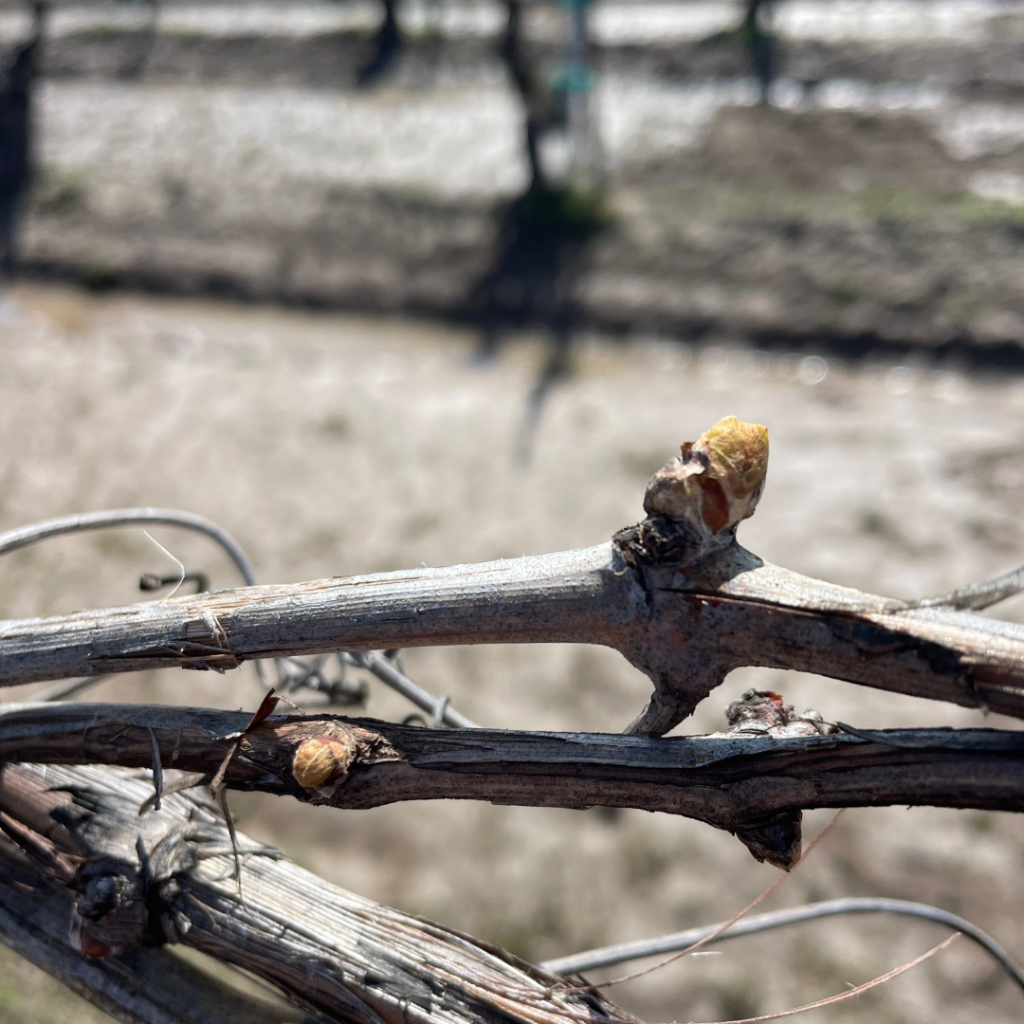
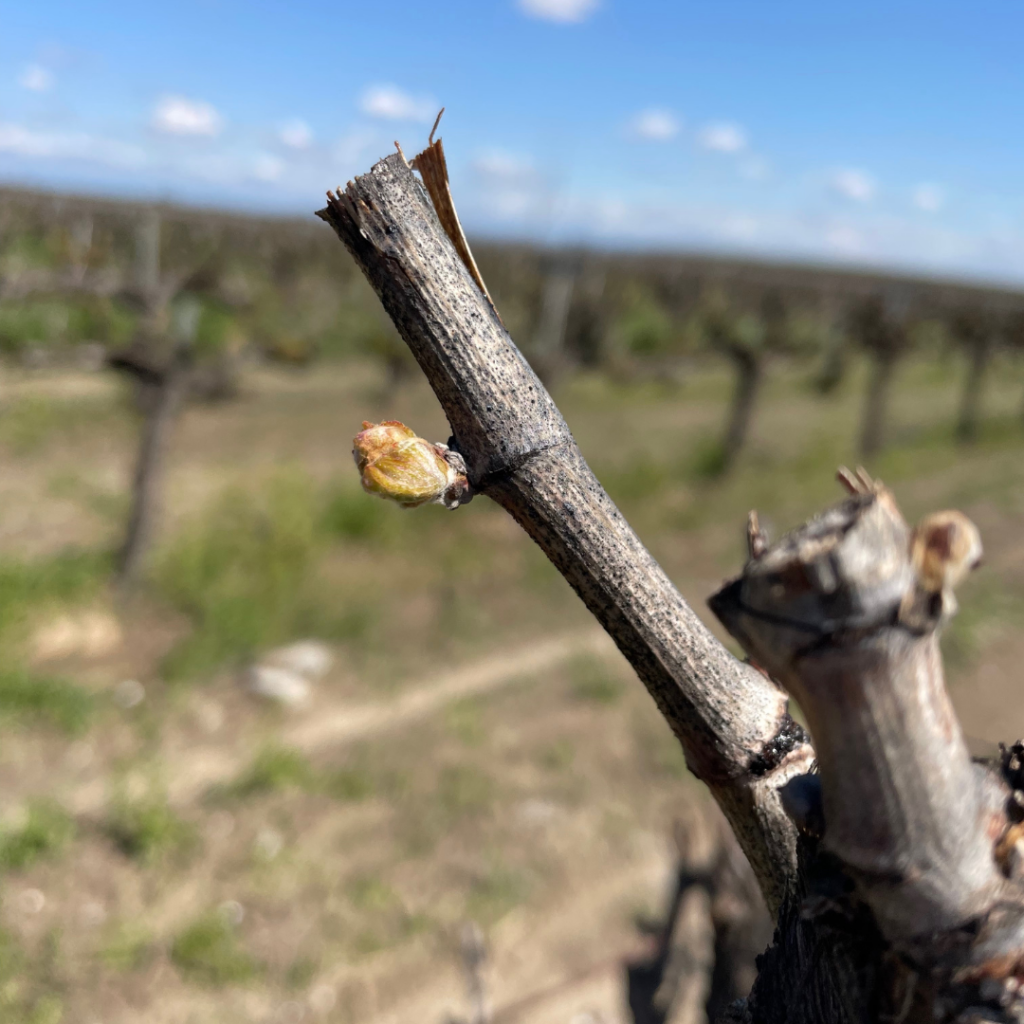
What is Bud Break?
Bud break is the start of the grape vine’s annual cycle. It is a relaxing time in the vine’s life as long as they don’t experience any intense weather occurrences, such as frost. Frost can kill the buds or delay their growth.
Check out what Bud Break looks like in Chile! (link)
Interested in making your own wine? Musto Wine Grape Company is here to help! Musto’s New England’s largest supplier for home winemaking products and services. Visit juicegrape.com or give us a call at (877) 812 – 1137 to learn more.
Product Spotlight: CSM Yeast
Product Spotlight: CSM Yeast
CSM yeast was derived from Bordeaux and helps create a vibrant aromatic profile. CSM aids in adding complexity to the palate and pairs well with malolactic fermentation.
Why you want to use it:
It’s the perfect yeast for the Chilean fruit. It reduces vegetal aromas, adds complexity, stabilizes color, and helps increase the aromatic profiles of berries and spices.
Use Tips:
Fermentation starts quickly with this yeast. Be prepared to see Brix drop 24 hours after inoculation. It can stand up 14% ABV and can handle temperatures from 59–90°F. However, I highly suggest keeping your fermentation temps lower than 75°F. Once you hit 80°F you lose aromas and “burn off” flavors. Keeping your wine between 59–75°F during fermentation is a best practice.
You also want to use nutrients when using CSM; nutrients such as Fermaid-O and Fermaid-K. CSM tends to produce H2S (rotten egg smell) if there aren’t enough nutrients during fermentation.
Avoid cold shocking the yeast at inoculation. You’ll want to get the must and the yeast starter within a few degrees of each other before pitching the yeast starter. But without temperatures falling lower than 55°F. Temps below 55°F could stall fermentation and/or kill the yeast.
Goes best with:
CSM was cultivated to help ferment Cabernet Sauvignon, Cabernet Franc, Grenache, Merlot, Sangiovese, Petit Verdot. However, we have seen it used on Carmenere, Malbec, and Syrah from Chile with great results.
Dosage:
6gm/gals
Flavor Profile:
Cherry pit, raspberry, blackberry, spice, violet, bark, and sweet pepper
Ready to make wine? Musto Wine Grape Company is here to help you make the wine of your dreams! The Spring South African & Chilean winemaking season starts soon! Secure your winemaking grapes or juices and give us a call at (877) 812-1137 to speak with one of our Musto Crush Crew members. We can get you set up with everything you need and provide customer support along the way to ensure your success!
2023 Chilean Winemaking Harvest Update
2023 Chilean Winemaking Harvest Update

{above photo from our trip to chile a few years ago}
Hello, Winemakers! It’s time to get ready and prepped for the Chilean grape and juice arrival. The Chilean Winemaking Season starts in early April and ends in May. Our growers have planned to start harvesting white wine grapes around March 15th and red grapes around March 23rd. Once on the boat, we will have a better update on delivery timing.
Musto’s 2023 Chilean Offerings:
Chile Grapes: Cabernet Sauvignon, Cabernet Franc, Carmenere, Malbec, Merlot, Petite Verdot, Pinot Noir, Syrah, Chardonnay, Pinot Grigio, Sauvignon Blanc, and Viognier
Chilean Juice: Cabernet Sauvignon, Cabernet Franc, Carmenere, Malbec, Merlot, Petite Verdot, Pinot Noir, Syrah, Chardonnay, Pinot Grigio, Sauvignon Blanc, Viognier, and Muscat.
Chilean Viticulture:
Chile is the same latitude as northern California! Chileans can grow many different types of grapes here, just like in California. The cooling influences they receive from the Pacific Ocean, the Andes Mountains, and the warm and plentiful sunshine attributes to their wine-growing success. Their warm Mediterranean climate helps the grapes to ripen. The Humboldt current, flows up from Antarctica, along the Chilean coast, pushing the cool air inland by the wind patterns. This cooling effect helps cool off the grapes while they mature. Colchagua and Curico Valley both benefit from this ocean influence, which allows these regions to produce grapes from fertile soil for wines that are gaining premium reputations.
The Curico and Colchagua Valleys have some of the best soils in Chile, composed of mostly sand, clay, decomposed granite, and volcanic-alluvial. These regions only receive around 23.3 inches of rainfall per year and little to no rainfall during their summer months. The grapes are safe as harvest approaches, and the weather ensures that the grapes are fighting for water and creating a more intense fruit.
What are Brix?
The harvest is based on sugar levels in the grapes. This information comes from a simple measurement called degrees brix (also known as specific gravity). It’s important because it tells us how much water is present in our must (the mixture of crushed grapes and yeast starter). The lower this number is, the more concentrated or “dry” your wine will be when finished fermenting. The ideal Brix levels for red wines is 23-25 Brix, and for white wines 21-24 Brix.
How are the grapes harvested?
The grapes are handpicked. The pickers walk through rows of vines looking for clusters of ripe fruit to cut off with long-handled knives called “cortadores.” They then gently place these into plastic tubs where they’re carried back to trailers parked nearby–a process that takes place over several days (usually during the morning). Once all of this has been completed successfully, we begin our shipping process!
How do you know when to harvest the grapes?
The wine grape harvest is based on sugar levels in the grapes: if they’re too low you can’t make good wine; too high and it will taste too sweet and you’ll most likely have a stuck fermentation. Each month/week/and as harvest nears, day – the grapes are sampled in the field to see if they have reached their optimum levels yet.
Shipping from Chile to MWG…
Once the grapes arrive at port they are sent to Musto Wine Grape Co. and we unload them into our coolers. Everything is shipped in a refrigerated container and never breaks the cold chain. This ensures that the high quality of the fresh Chilean products are intact. After they arrive it is time for you to pick up your grapes and/or juices and get winemaking!
2023 Chilean Harvest Update:
The Chilean crop looks excellent this season. We are hoping to see the Chilean grapes and juices arrive at around 23-25 Brix, very sweet and juicy. Arrival dates look to be somewhere at the end of April / early May depending on the type of winemaking grape/juice. Give us a call (877-812-1137) or email us at sales@juicegrape.com with any arrival questions.
Fun Fact About Chile: Chile produces more than 1 million tons of grapes every year!
Chilean wine making is a time-honored tradition, and the results are worth it! This will be 18+ years of Musto Wine Grape working with our Chilean vineyards and every year the wines created get better and better. We hope you enjoyed learning about the Chilean wine-making season. It’s an interesting process that requires a lot of work, but in the end, it pays off with delicious wines!
For more information on making wine from Chile check out these blogs posts:
- 7 Tips for How to Prep for the Chilean Wine Harvest
- Bud Break in Chile
- How to Make Chilean Cabernet
- Crushing Chilean Malbec Grapes
- Making Chilean Carmenere
- Wine Spotlight: Chilean Carmenere
- How to Make Wine from Chilean Juice
- How Much Wine Will A Case of Grapes from Chile or South Africa Make?
- Details from Our Trip to Chile
- Notes on Making Sauvignon Blanc from Chile
- Video About Curico Valley
- Winemaker Interview with Manuela Astaburuaga from Our Chilean Vineyards
- Our Wine Grapes of Chile Video
Can I make my own? Musto Wine Grape Company is here to help you make the wine of your dreams! The Spring South African & Chilean winemaking season starts soon! Secure your winemaking grapes or juices and give us a call at (877) 812-1137 to speak with one of our Musto Crush Crew members. We can get you set up with everything you need and provide customer support along the way to ensure your success!
How to Make Wine from South African Winemaking Juice
So how can you start making your own wine from South African juices? Follow these 10 Easy Steps (for fresh juice) and you’ll be on your way!
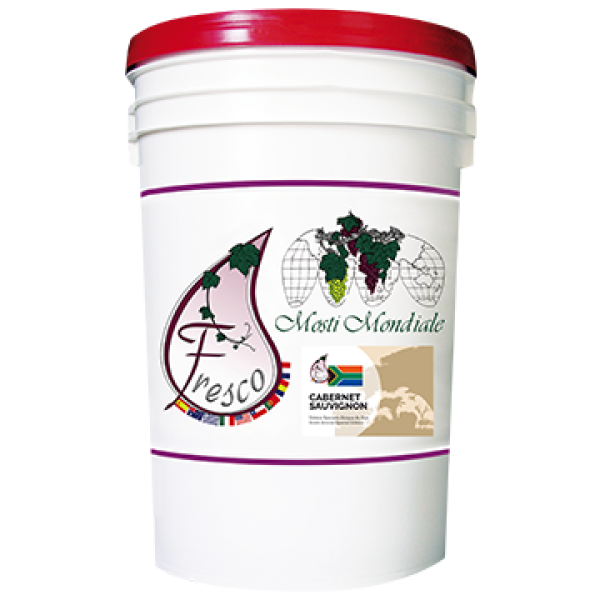
- Choose a South African variety that speaks to you.
- Come to Musto Wine Grape and pick up your pail of juice.
- Bring it home, pop open that lid, and add 1/4 tsp potassium metabisulfite to it. Add pectic enzyme if you’re going to (5 drops per gallon of juice). Give it a stir.
- Allow it to come up to room temperature – we’re talking 60 degrees or so.
- Choose your fermentation vessel: will you keep it in pails or ferment in a carboy or demijohn? Make sure everything is clean and sanitized. *Be sure there is enough room to account for fermentation foaming*
- If you are going to add fermentation tannins or additives (like oak dust, Booster Rouge, Booster Blanc) you can add that now. *Note: do not add tannins such as FT Rouge within 8 hours of adding enzyme*
- Pitch the yeast once the temperature has reached at least 60F. Yeast strain choices will vary depending on the juice you choose – ask a winemaker at Musto Wine Grape for a strain recommendation for the varietal you’re making. Follow the yeast starter directions explicitly. Be very careful of temperatures, never adding yeast if there is more than a 18 degree difference between the yeast starter liquid and the juice.
- Carefully monitor the fermentation by checking Brix levels daily. Add yeast nutrients as needed if you choose to do so.
- If you are adding malolactic cultures to your wine, you may also chose to do this at 1/3 Brix depletion. If using a malolactic nutrient (Opti-Malo Plus) with the bacterial culture, hydrate the nutrient in a separate container from the bacteria and add to the must directly before the addition of the bacteria. Follow all directions on the bacteria and nutrient packets explicitly.
- When the fermentation is complete, rack off the lees and continue aging. Many South African wines are aged with oak – if you choose to do this, you can do so in oak barrels or with oak alternatives (such as chips or staves).
Want to read more about making wine from Fresh Juice? Check out this blog post.
Can I make my own? Musto Wine Grape Company is here to help you make the wine of your dreams! The Spring South African winemaking season starts in late March, early April. Secure your winemaking grapes or juices and give us a call at (877) 812-1137 to speak with one of our Musto Crush Crew members. We can get you set up with everything you need and provide customer support along the way to ensure your success!
Spring Season Updates – 2023

Dear Winemakers,
It’s Spring time! And you know what that means…. South African and Chilean Season!! We are so excited to get winemaking again. Below is a list of all our Spring Offerings this season. Please feel free to reach out to us via email at sales@juicegrape.comor via the phone at 877-812-1137 with any questions or to make an order.
2023 Spring Grape Offerings:
South Africa: Pinotage
Chile: Cabernet Sauvignon, Cabernet Franc, Carmenere, Malbec, Merlot, Petite Verdot, Pinot Noir, Syrah, Chardonnay, Pinot Grigio, Sauvignon Blanc, and Viognier
Musto’s 2023 Spring Juice Offerings:
South Africa: Shiraz, Merlot, Pinotage, Cabernet Sauvignon, Semillon, Chardonnay, Pinot Grigio, Chenin Blanc, and Sauvignon Blanc.
Chile: Cabernet Sauvignon, Cabernet Franc, Carmenere, Malbec, Merlot, Petite Verdot, Pinot Noir, Syrah, Chardonnay, Pinot Grigio, Sauvignon Blanc, Viognier, and Muscat.
Crush/Destemm is Back!
We will be crushing and destemming again this year! However, there is a minimum order of 24 cases of Spring grapes. This will give you 6 pails of must, and about 20+ gallons of juice to work with.
Winemaking Classes:
Have you heard about our new Facebook Live series? Frank Renaldi is teaching free classes on Musto’s Facebook Page once a month. Each month Frank picks a topic to chat about and go live with a presentation, plus a q&a period. Usually scheduled on a Thursday night, make sure to keep an eye out for them. The next one will be Thursday March 30th at 7:00PM. Feel free to send Christina suggestions for future topics.
How do you access Facebook Live? It’s easy. Go to Musto’s Facebook Page on the given date/time, and Frank’s class will automatically popup on your screen. There you can ask questions in real time. We hope you enjoy this series and look forward to bringing you more information to help you make your favorite wine!
Don’t forget that you can always access Frank Renaldi’s online classes via our sister site WinemakingInstructions.com.
Winemaker Hours:
One of our on staff Winemakers -Sam Lee will be in the store and available for questions on Tuesdays and Fridays from 8:00AM-4:00PM. If you want to speak to a winemaker in person, make sure to stop by and see Sam! You can also email him at winemaker@juicegrape.com.
Store Hours:
February Hours:
Mon-Fri: 8:00AM-4:00PM
Sat-Sun: Closed
Looking forward to working with you all this Spring!
Cheers!
What are Fresco Winemaking Juices?
What are Fresco Juices?
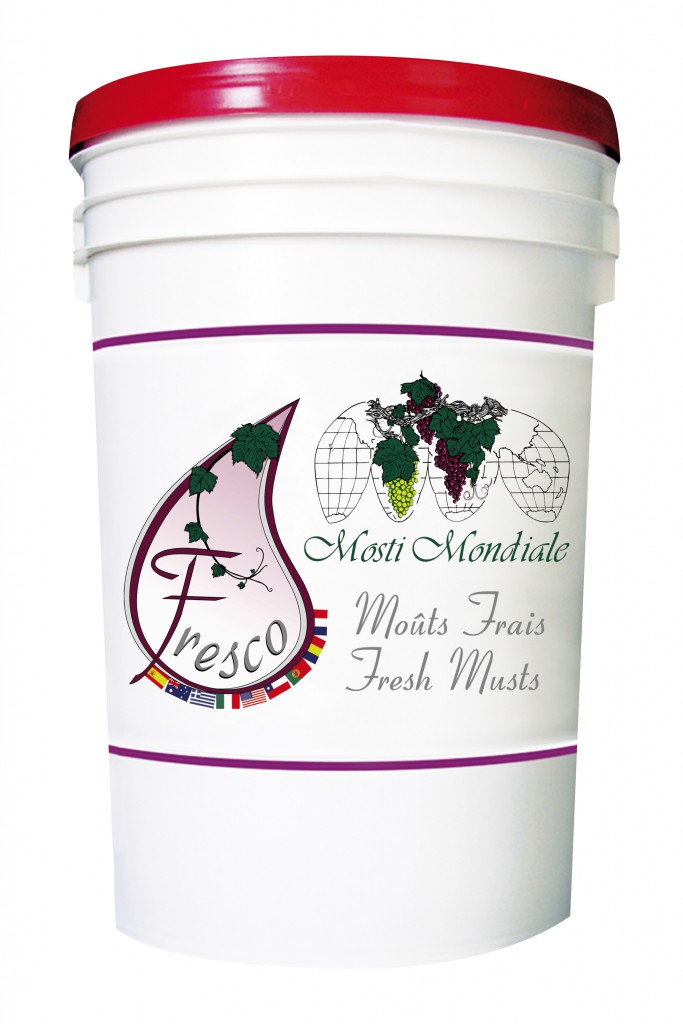
Ever bake a cake from a box and it came out delicious? Did you know you could do the same with winemaking?
Mondiale Fresco is proud to be the only product to offer home winemakers their own vineyard in one unique package. Each pail of juice is pre-balanced and adjusted to ensure you have the best winemaking success possible. Just warm up the juice to fermentation temperature and watch it go.
What does “pre-balanced” and “adjusted” mean?
Every season Mother Nature gives us a different wine grape harvest. Some years the acid, pH, and sugars are all in line with each other. Most times they aren’t and there needs to be some slight adjustments made pre-fermentation to ensure top wine quality. The Fresco juices are adjusted so that the acid, pH, and sugar levels are all in balance with each other. This makes for an easier fermentation and, a very pleasing wine.
Depending on the varietal of wine you choose, enzymes and tannins might be added – all pre-measured, and ready-to-go, just open the packet and add to the pail. These add-ons help with wine clarity and mouthfeel, contributing to the “taste like made from scratch”, or in this case, as if fermented on the skins. The Fresco juices are the best juices to work with for busy winemakers. You get the juice warmed up, watch it ferment, age, and bottle.
No muss, no fuss. Just delicious wine. Click HERE to via our list of Fresco Juices.
Fresco Juices are Pre-Order ONLY. Give us a call at 877-812-1137 to secure your Fresco Juice order.
Wine Spotlight: Greanche Blanc
A new grape has been added to our winemaking portfolio from Cry Baby – Grenache Blanc!
This grape is widely planted in Spain and the Rhone Valley.
It produces wines with good alcohol content, low acidity, citrus and herbaceous notes. A great blender for Rousanne or Muscat.
It’s best to ferment at low temperatures in order for the bouquet to flourish.
Interested in trying a new white wine this season? Email sales@juicegrape.com
Live near the Bronx, NY? Need a delivery?
Live near the Bronx, NY? Need a delivery?
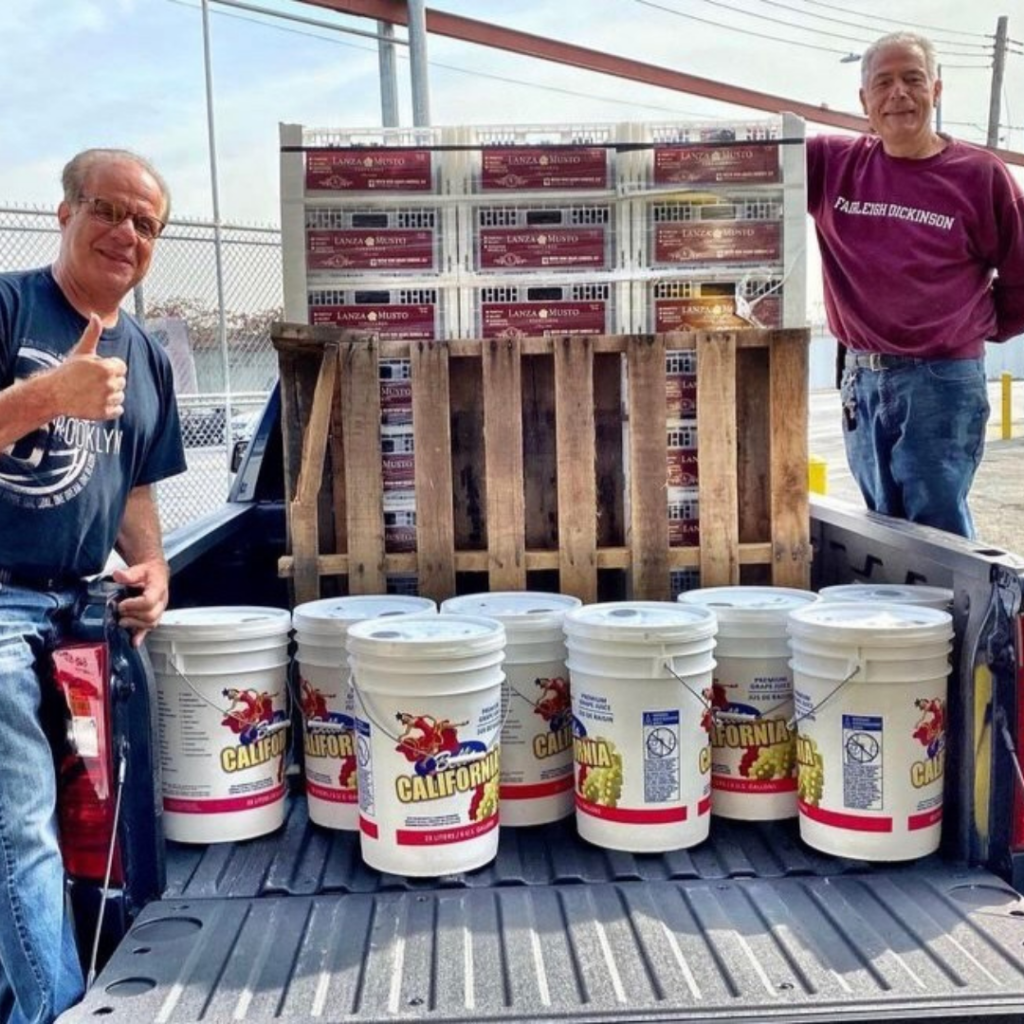






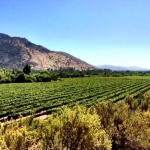
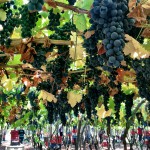

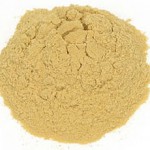


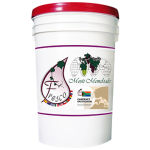

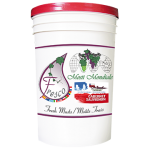
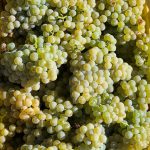


Recent Comments